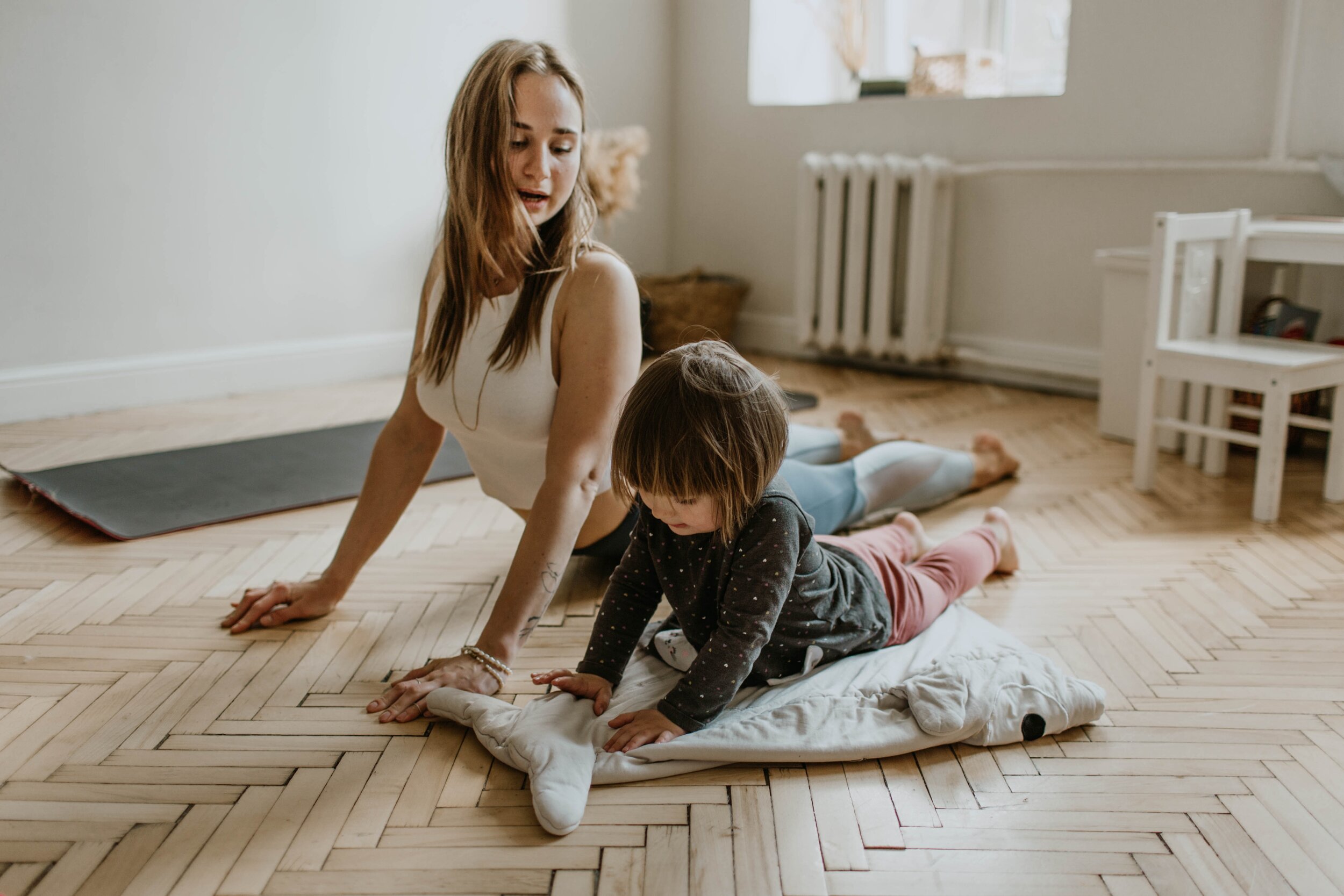Bladder and bowel dysfunction in children is a common and multifactorial functional problem. It is one of the most common reasons for referral to pediatric urology, accounting for up to 40% of visits. This increasingly common issue is a potential cause for physical and psychosocial burden for both children and families. Early diagnosis and treatment of bowel and bladder dysfunction is important in not only outcome but also reducing secondary impact on the child’s well being and self esteem.
There is a wide variety of symptoms associated with bladder and bowel dysfunction, some of which include urinary or bowel incontinence, pain with urination or bowel evacuation, constipation, bed wetting, encopresis or smearing, retention, urgency or frequency, abdominal bloating, or pain in the abdomen or pelvis. A common contributing factor to these symptoms is dysfunction of the pelvic floor muscles. This group of muscles located within the pelvis is involved in evacuation of urine and stool and requires intricate communication with the bladder, bowel, brain, and spinal cord for functional storage and voiding. Frequently the communication between this system is interrupted by tightness in the pelvic floor muscles, causing difficulty voiding. This can lead to painful voiding, withholding behavior, constipation, and eventual incontinence of either urine or stool.
Assessment of pelvic floor muscle function is important in the diagnosis and treatment of bladder and bowel dysfunction. A physical therapist trained in pelvic health and specializes in pediatrics will evaluate your child’s ability to coordinate the muscles properly by an external examination. As discussed above, the communication between the brain and these muscles can sometimes be interrupted and often the muscles will contract when they are supposed to relax thus contributing to difficulty voiding. During therapy, this communication is restored utilizing biofeedback, exercise, breathing, and mind-body connection techniques. Education is provided on diet such as increasing water and fiber intake, behaviors such as timed voiding, and toileting mechanics such as using a stool or “squatty potty” to allow the feet to be relaxed and the hips flexed.
Pelvic floor physical therapy is successful in treating bladder and bowel dysfunction in children utilizing conservative treatment and education. If your child is experiencing any of these symptoms, contact us to schedule your evaluation.
Click Here to schedule your next appointment with the experts at MEND

